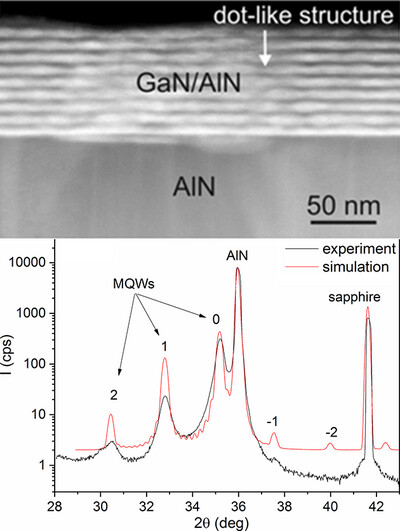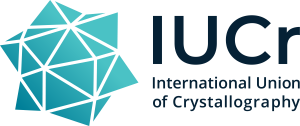Journal list menu
Export Citations
Download PDFs
scientific commentaries
Pushing crystallography's frontiers through quantum mechanics
- Pages: 161-163
- First Published: 27 March 2025
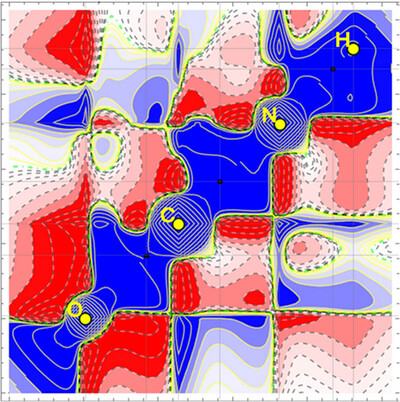
Yu & Gillet [Acta Cryst. (2025), B81, 168–180] extend quantum crystallography (QCr) by integrating real-space (1-RDM) and phase-space (Wigner function) representations, combining elastic and inelastic X-ray scattering to experimentally probe electron behavior in crystals. Their reconstruction of the quantum properties of a urea crystal bridges quantum chemistry and crystallography in a novel and imaginative way.
opinions
topical reviews
Intrusion of quantum crystallography into classical lands
- Pages: 168-180
- First Published: 13 March 2025
research papers
Computational analysis tools for magnetic structures in the Bilbao Crystallographic Server
- Pages: 181-191
- First Published: 13 March 2025
Electric charge and salting in/out effects on glucagon's dipole moments and polarizabilities using the GruPol database
- Pages: 192-201
- First Published: 25 February 2025
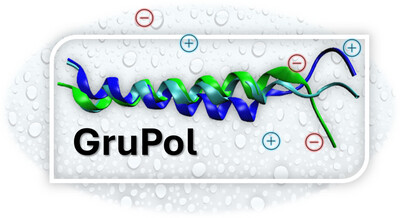
This work explores the prediction of glucagon's dipole moments and polarizabilities using the GruPol database, incorporating ionic effects and solvation conditions. The results highlight the influence of high ionic concentrations on the protein's electrical properties, demonstrating good agreement with quantum mechanical benchmarks.
Structural and magnetic properties of β-Li2IrO3 after grazing-angle focused ion beam thinning
- Pages: 202-207
- First Published: 27 March 2025
Computation screening for incorrectly determined cocrystal structures
- Pages: 208-216
- First Published: 26 February 2025
Is it possible to obtain a plausible experimental electronic structure without collecting high-order diffraction data?
- Pages: 217-224
- First Published: 26 February 2025
A new crystal phase of calcium stannate CaSn2O4(OH)2 and its physico-chemical properties
- Pages: 225-234
- First Published: 13 March 2025
Disorder- and magnetism-driven structural changes in Sm2Mn1–xGa6–yGey
- Pages: 235-243
- First Published: 13 March 2025
Electron density and elastic properties of crystalline [Co(NH3)5NO2]ClNO3: a quantum crystallography study
- Pages: 244-255
- First Published: 25 March 2025
Looking at high-pressure electrides through the lens of quantum crystallography: the case of simple cubic calcium
- Pages: 256-265
- First Published: 25 March 2025
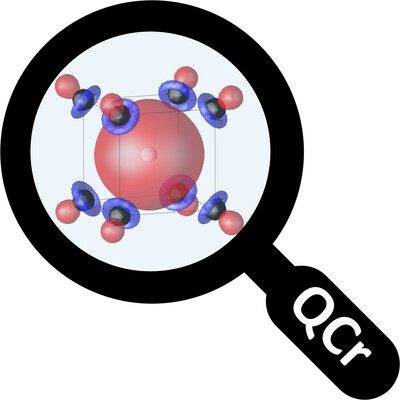
The electron density and bonding nature of simple cubic Ca up to a phase 40 GPa is analyzed using theoretical quantum crystallography methods. The analysis is concerned with the electronic structure, pressure-induced electronic transitions, multi-center bond formation, topology of the electron density and atomic electronegativities.
Quantitative crystal structure analysis in trifluoromethyl- and cyano-substituted N-phenylbenzamides
- Pages: 266-282
- First Published: 25 March 2025
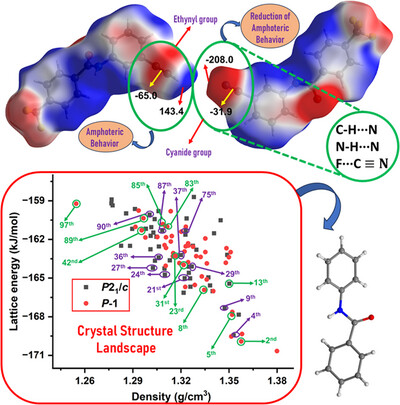
The role of weak intermolecular interactions [C—H…N[triple-bond]C, C—H…F—C(sp3) and C(sp3)—F…F—C(sp3)] in the presence or absence of strong N—H…O hydrogen bonds, in a series of CN and CF3 substituted crystalline N-phenyl benzamides is studied. Mapping of the crystal structure landscape for N-phenyl benzamide was performed by analysis of the crystal structures of the substituted compounds.
Strain distribution in GaN/AlN superlattices grown on AlN/sapphire templates: comparison of X-ray diffraction and photoluminescence studies
- Pages: 283-289
- First Published: 04 April 2025
addenda and errata
Analytical description of nanowires. III. Regular cross sections for Wurtzite structures. Corrigendum
- Page: 290
- First Published: 12 February 2025
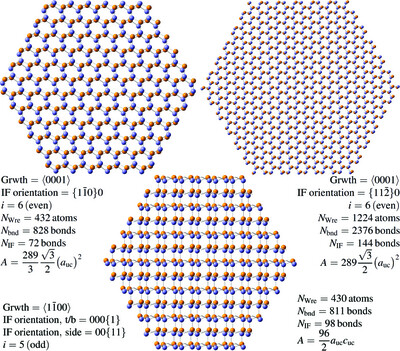
Corrections to the article by König & Smith [Acta Cryst. (2022), B78, 665–677] are given.




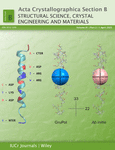
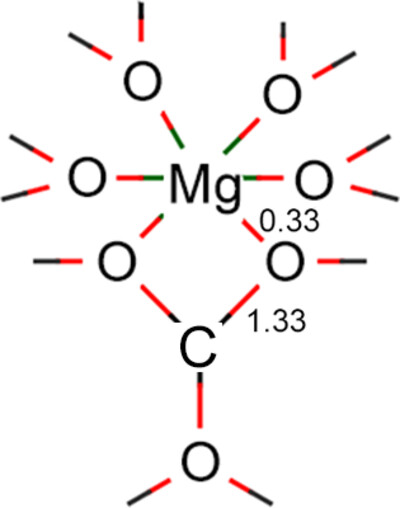
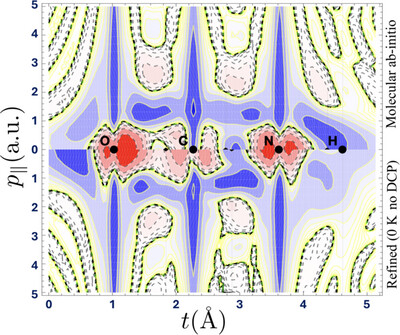
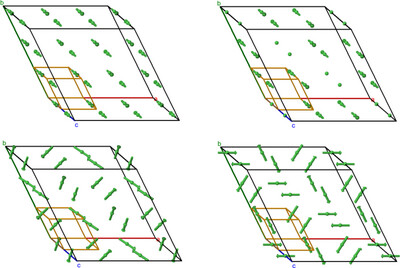
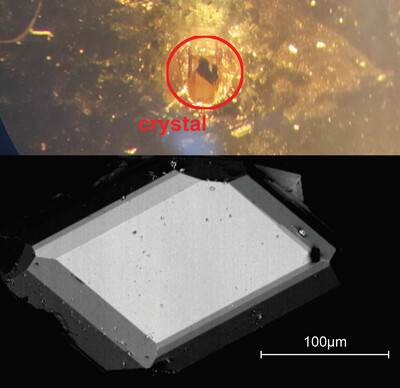
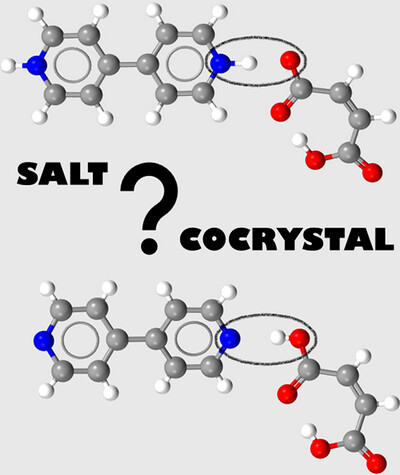
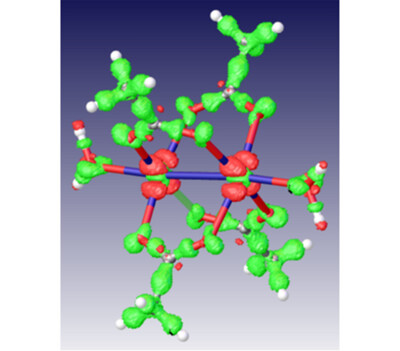
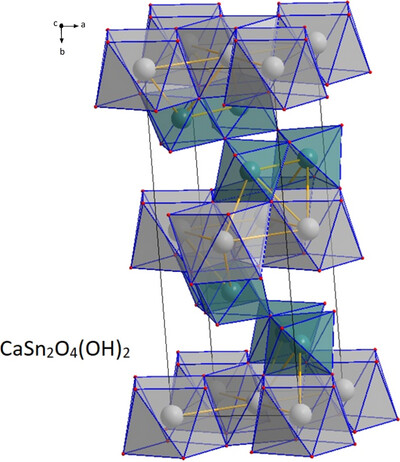
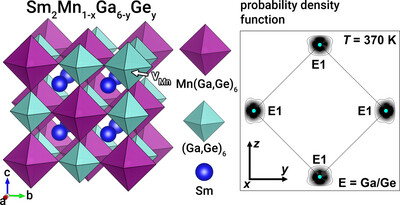
![Electron density and elastic properties of crystalline [Co(NH3)5NO2]ClNO3: a quantum crystallography study](/cms/asset/3790c551-87c5-45b2-a40e-8aa36ffcf42e/ayb2px5067-fig-0001-m.jpg)
